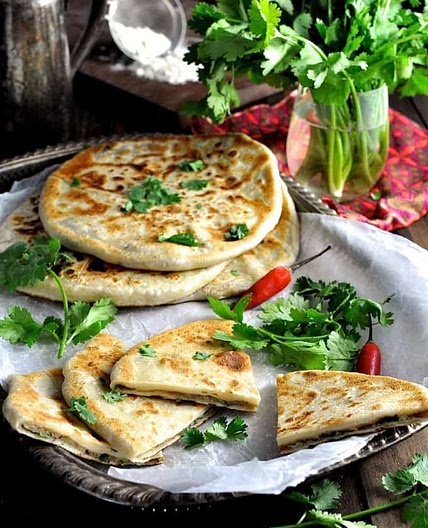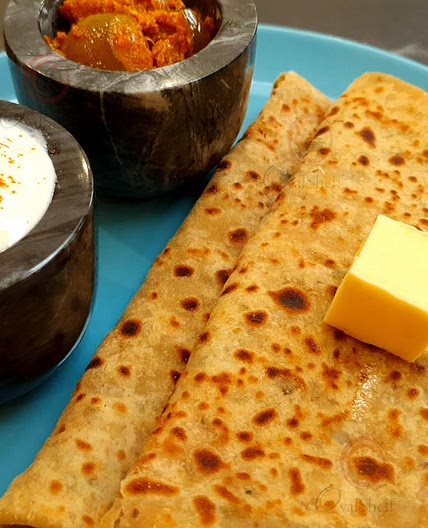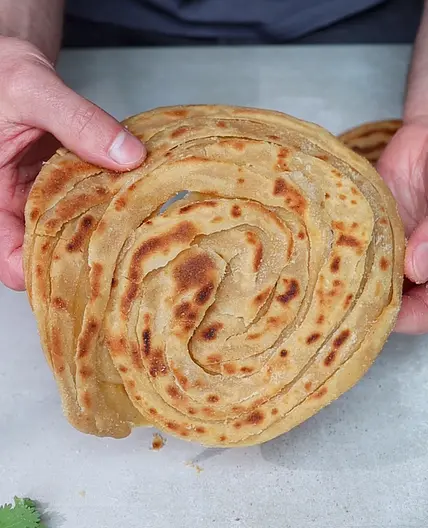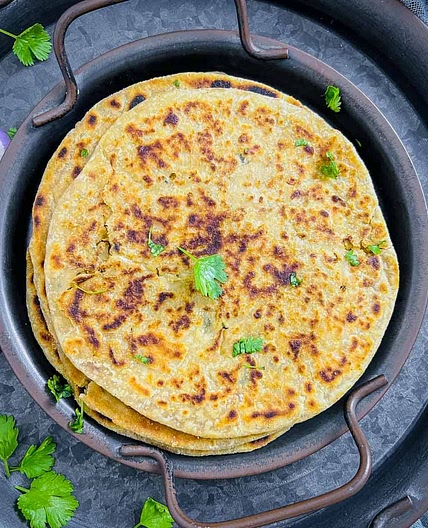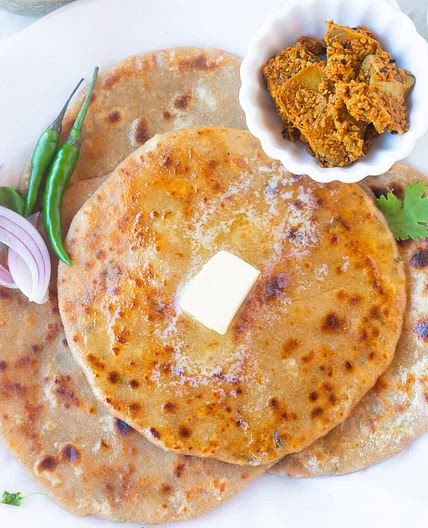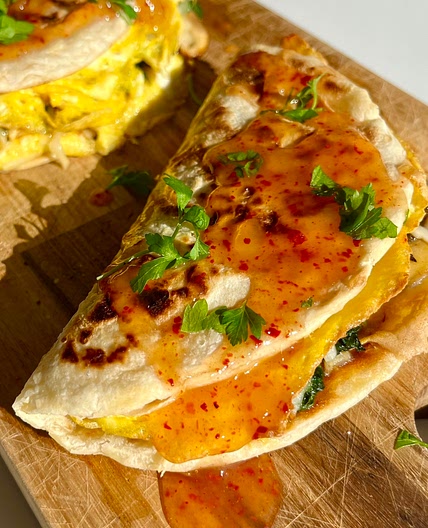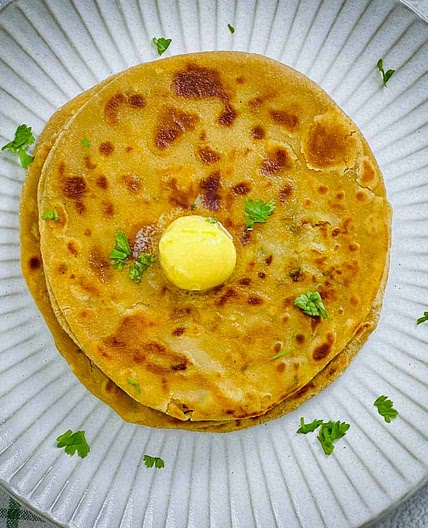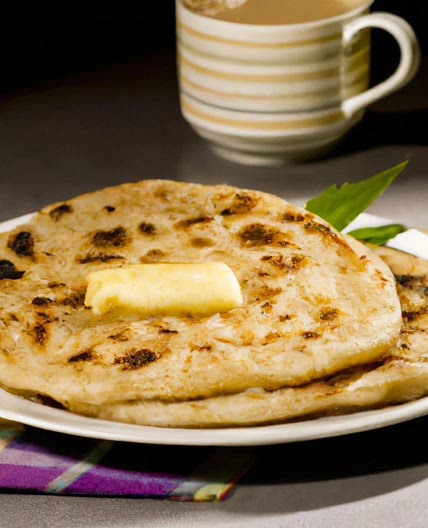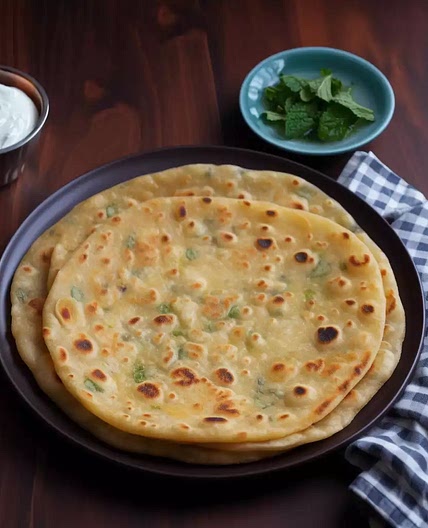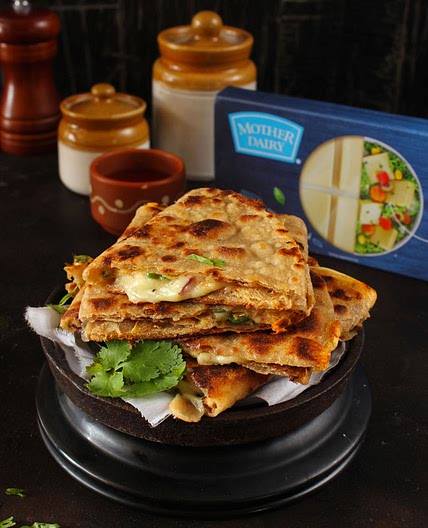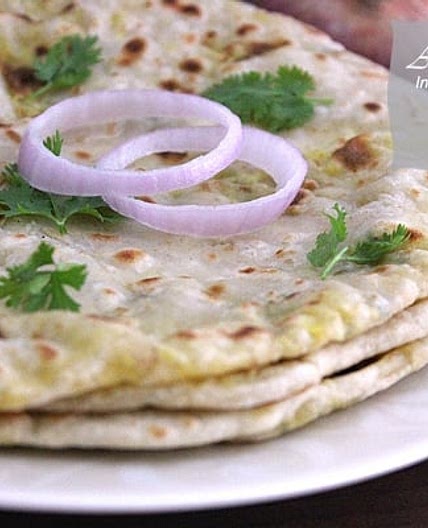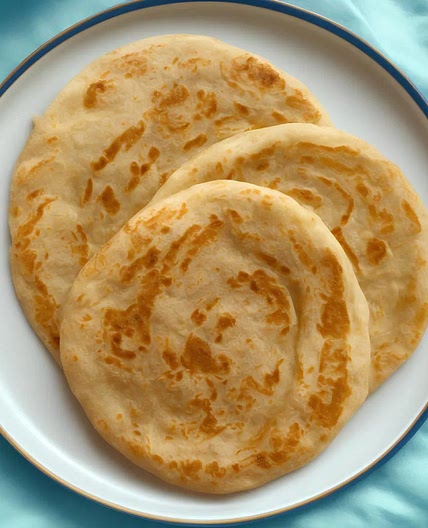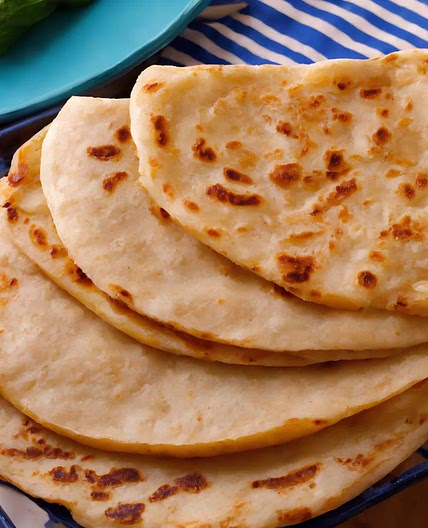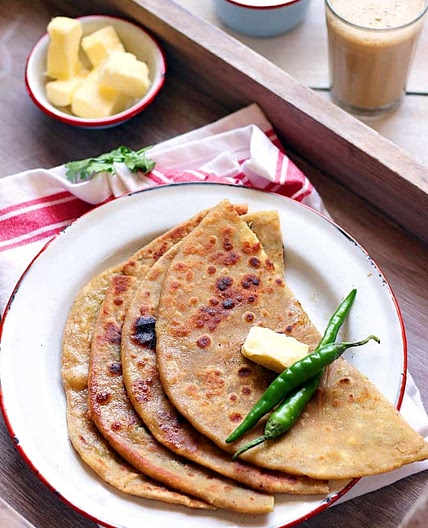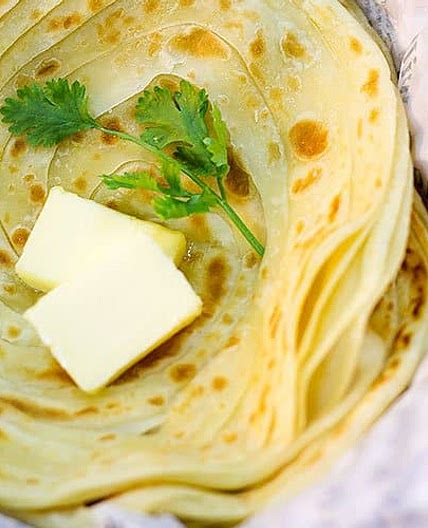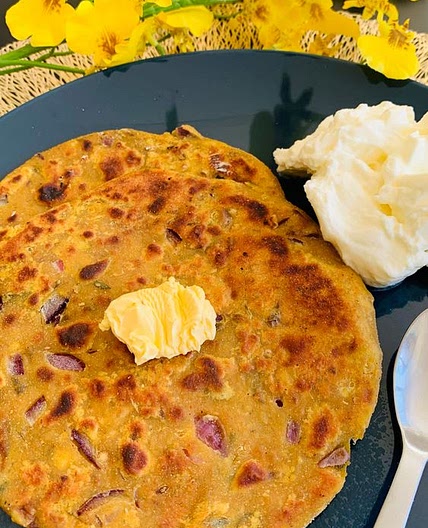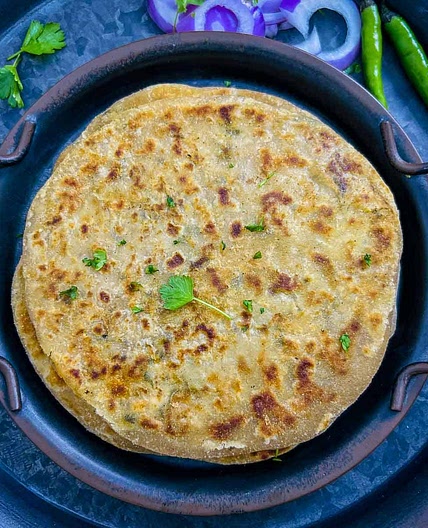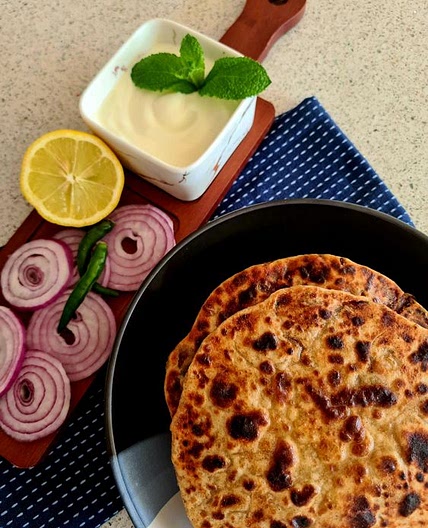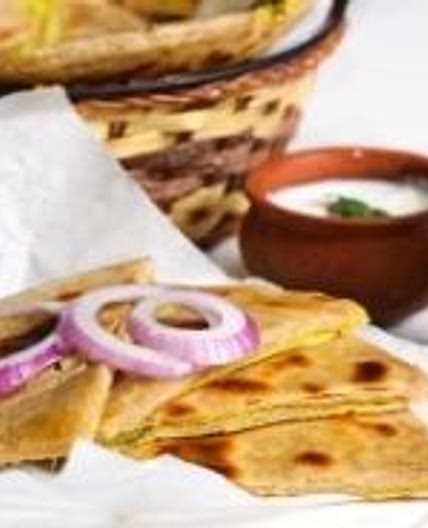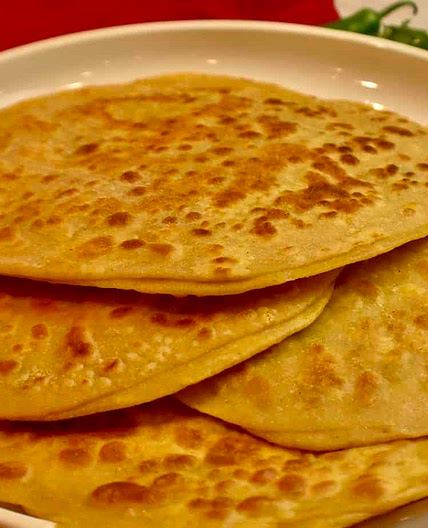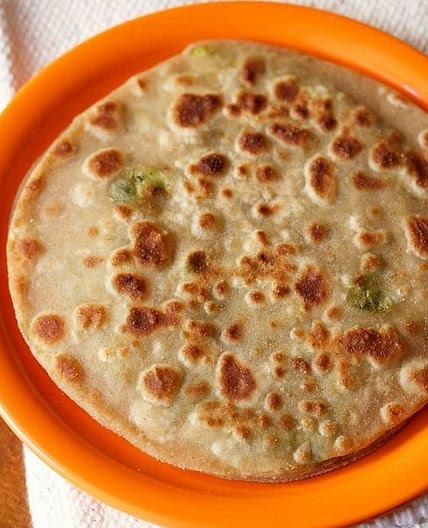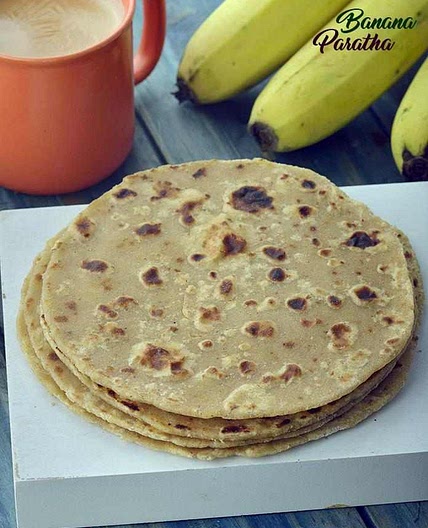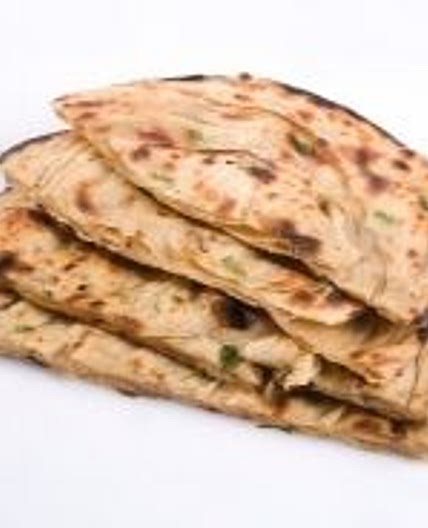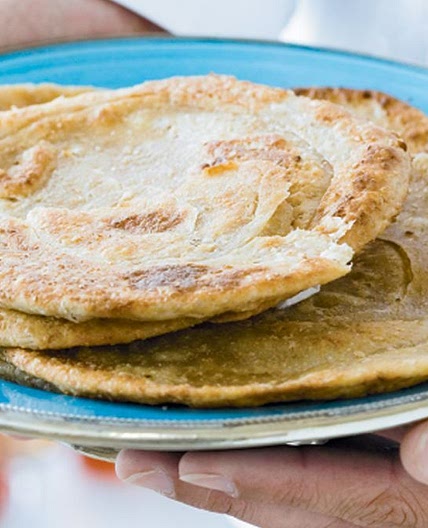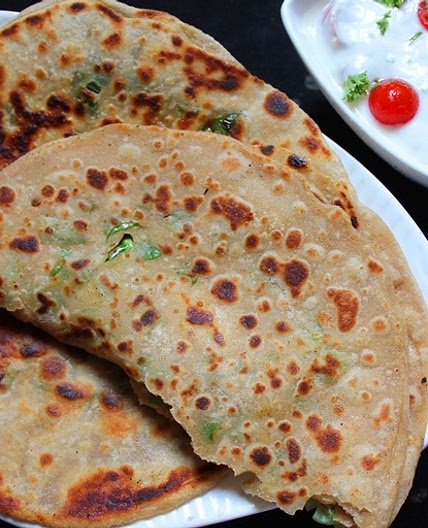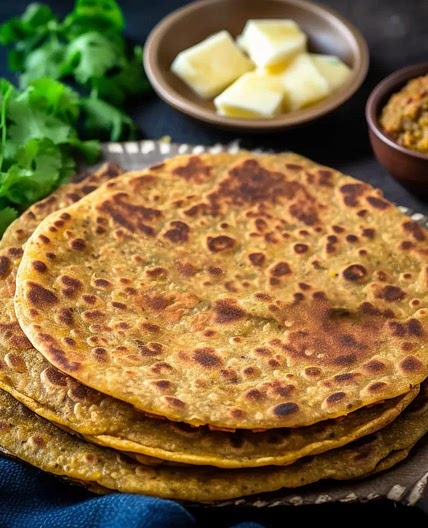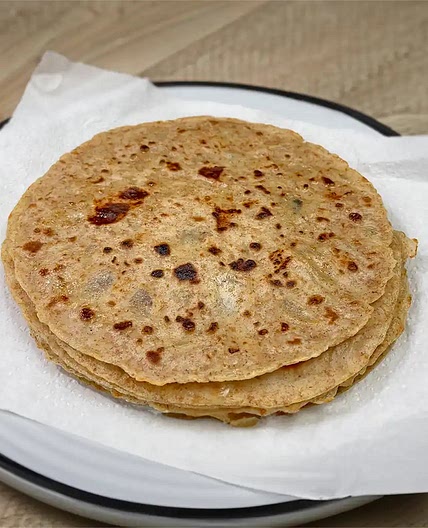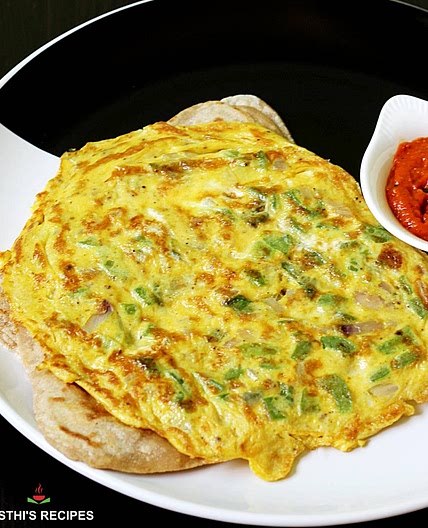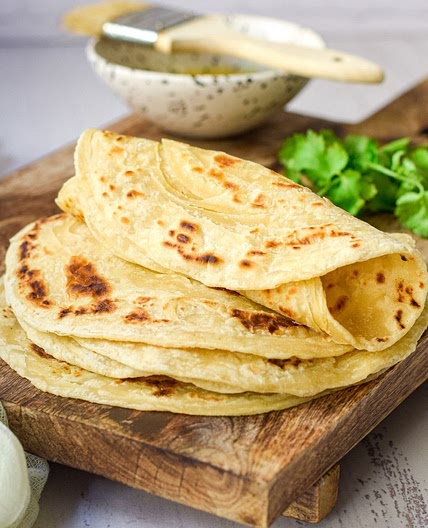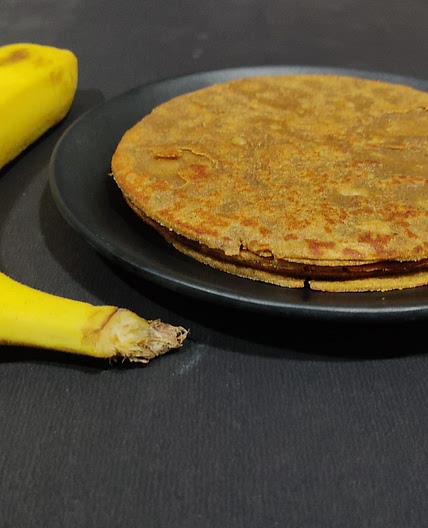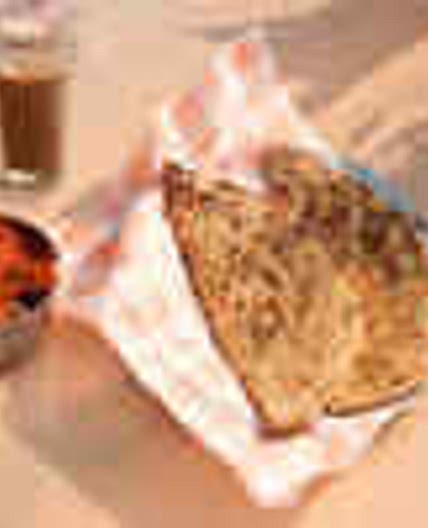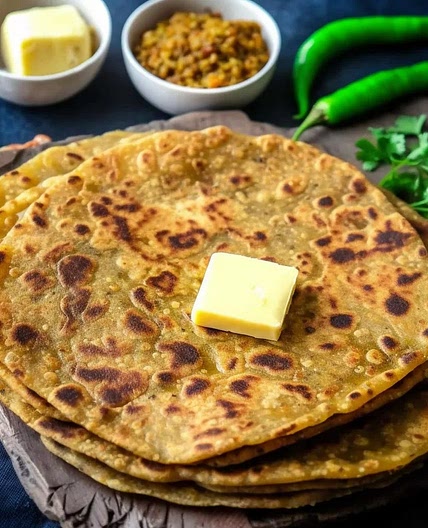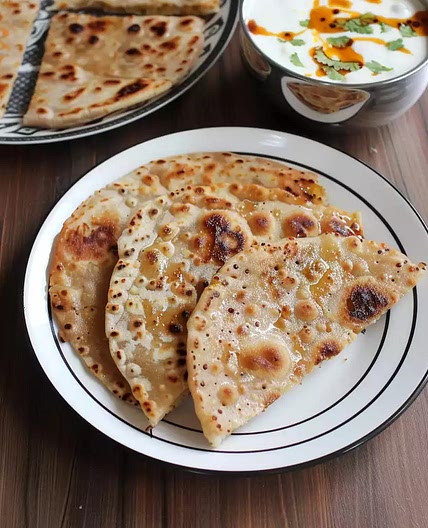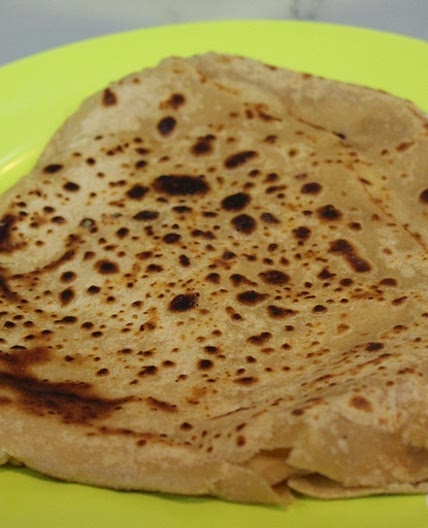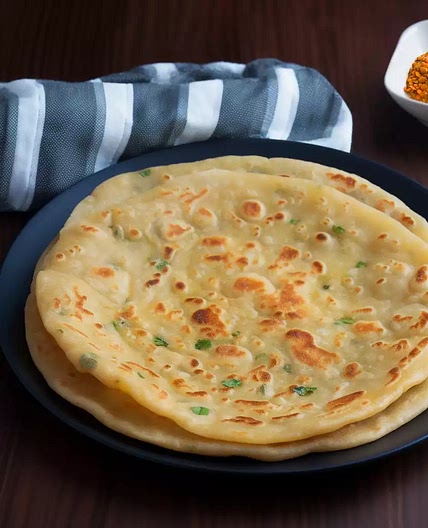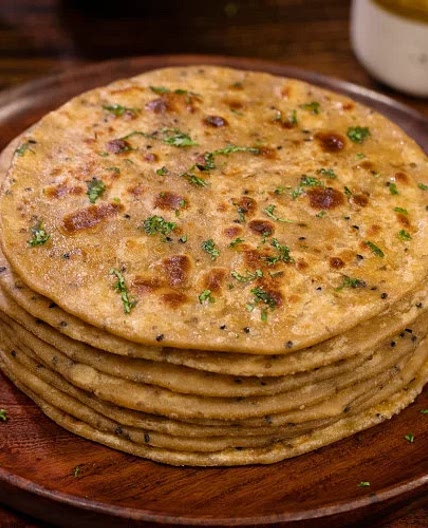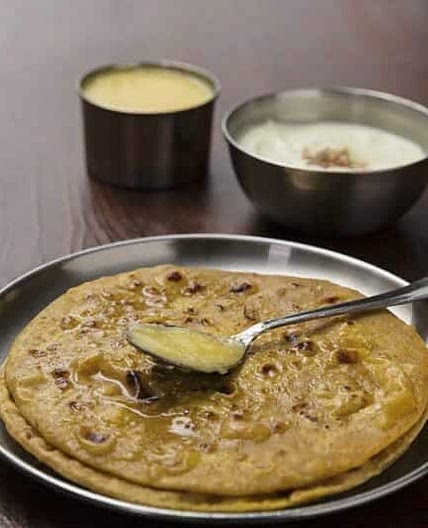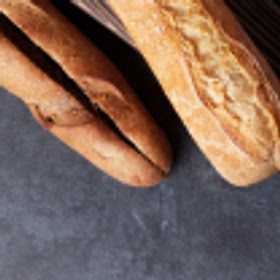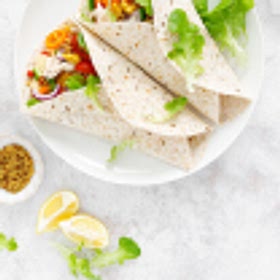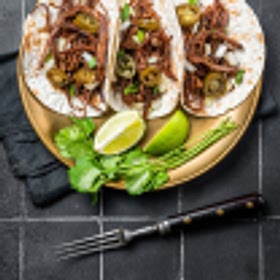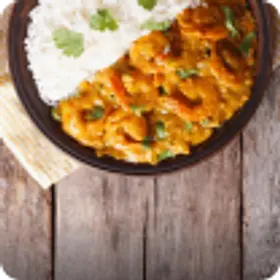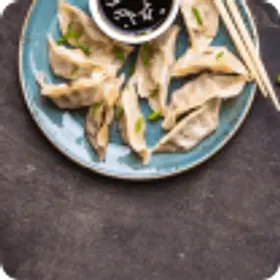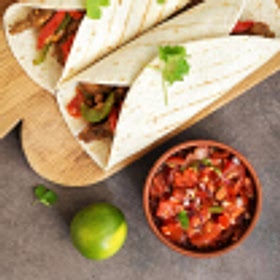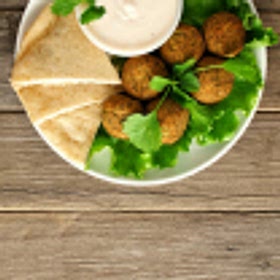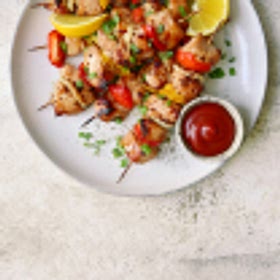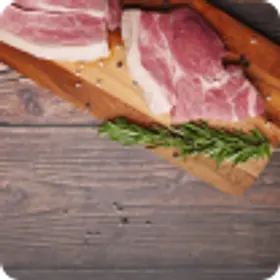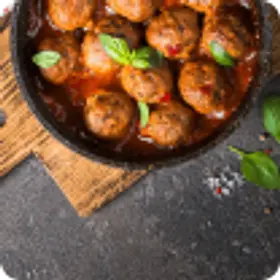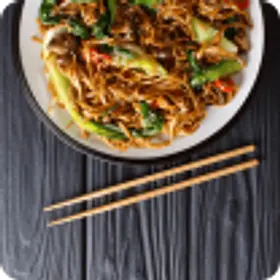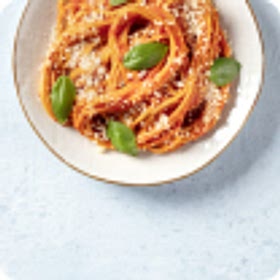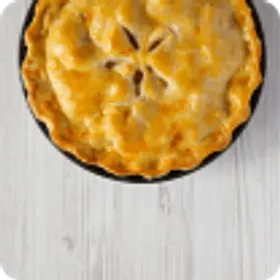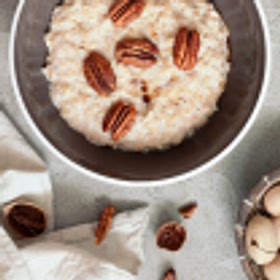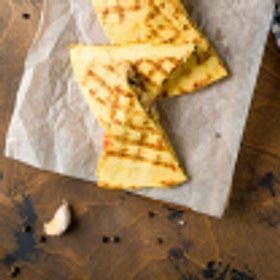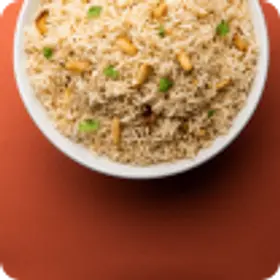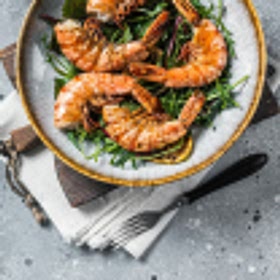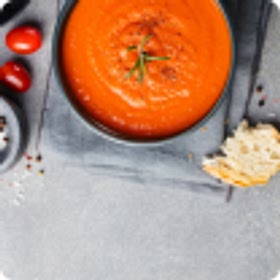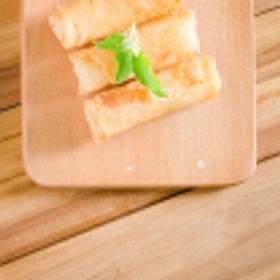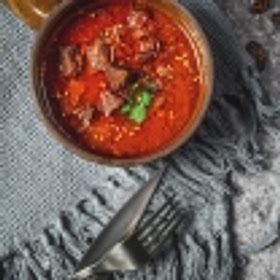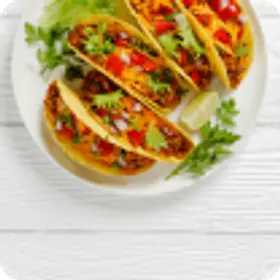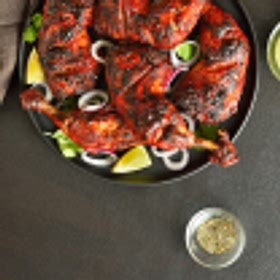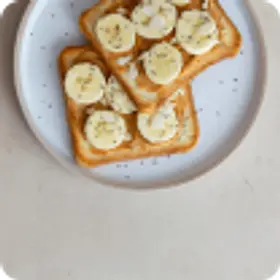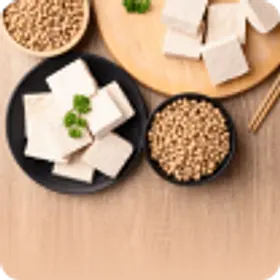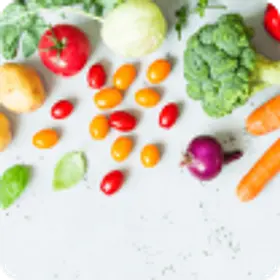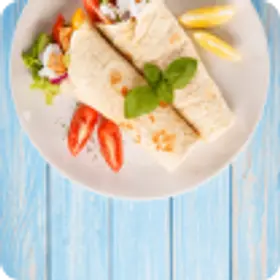Paratha: A Flaky and Flavorful Indian Flatbread
Discover the delightful world of paratha, a flaky and flavorful Indian flatbread. Learn about its origins, different variations, and tips to make the perfect paratha at home. Indulge in the rich aroma and taste of this versatile bread that complements a wide range of dishes.
Welcome to the enticing world of paratha, a beloved Indian flatbread that is known for its flaky layers and delightful flavor. Whether you’re a fan of Indian cuisine or looking to expand your culinary horizons, paratha is a must-try dish. In this article, we will delve into the origins of paratha, explore its various variations, and provide you with tips and tricks to master the art of making paratha at home.
Origins of Paratha
Paratha has its roots in the Indian subcontinent and has been a staple in Indian cuisine for centuries. It is believed to have originated in the region of Punjab, which spans across India and Pakistan.
The word “paratha” is derived from the Sanskrit word “paratika,” meaning layers of cooked dough. The flaky texture of paratha comes from the unique process of rolling and folding the dough, creating multiple layers that result in a crispy and yet soft bread.
Types of Paratha:
1. Plain Paratha:
Plain paratha is the simplest form of this delightful flatbread. It is made by rolling out the dough into a round shape and cooking it on a griddle until it puffs up and develops golden brown spots. Plain paratha can be enjoyed with various curries, chutneys, or even as a standalone snack.
2. Aloo Paratha (Potato-stuffed Paratha):
Aloo paratha is a popular variation of paratha where a spiced potato filling is stuffed inside the dough before rolling it out. The stuffed paratha is then cooked until golden brown, resulting in a flavorful combination of crispy bread and a soft, savory potato filling.
3. Gobi Paratha (Cauliflower-stuffed Paratha):
Gobi paratha features a stuffing made with finely grated cauliflower mixed with spices. The filling is generously stuffed inside the dough and then cooked.
4. Paneer Paratha (Paneer-stuffed Paratha):
Paneer paratha is a favorite among cheese lovers. The dough is filled with a mixture of crumbled paneer (Indian cottage cheese) and spices, creating a rich and creamy stuffing. When cooked, the paneer melts slightly.
Side dishes for Paratha
– Raita: Enjoy paratha with a side of refreshing yogurt-based raita, such as cucumber raita or mint raita, to balance the flavors.
– Pickles: Tangy and spicy pickles, like mango pickle or mixed vegetable pickle, add a delightful kick to the paratha.
– Chutneys: Pair paratha with a range of chutneys, such as mint chutney, tamarind chutney, or tomato chutney, for a burst of flavors.
Pairings with Paratha
– Curries: Paratha makes an excellent accompaniment to a wide range of curries, such as butter chicken, paneer tikka masala, or chole (chickpea curry). Tear off a piece of paratha and use it to scoop up the flavorful curry.
– Dhals: Enjoy paratha with a comforting bowl of dhal, such as dhal makhani or dhal tadka, for a hearty and satisfying meal.
– Kababs: Wrap paratha around succulent kebabs, like seekh kebab or chicken tikka, along with some fresh vegetables and sauces for a delicious roll.
Frequently Asked Questions (FAQs)
1. What is the difference between paratha and roti?
Paratha and roti are both types of Indian flatbreads. The main difference lies in their preparation and texture. While roti is made by simply rolling out the dough and cooking it on a griddle, paratha involves rolling the dough with layers of oil or ghee between each fold, resulting in a flaky and layered texture. Parathas are also usually thicker than rotis.
2. Can paratha be made without oil or ghee?
While oil or ghee is traditionally used in making parathas to achieve the desired texture and flavor, you can make a healthier version by using less oil or substituting it with alternatives like melted butter or clarified butter (ghee). However, keep in mind that the texture and taste may vary slightly.
3. Can I freeze paratha dough?
Yes, you can freeze paratha dough for later use. After kneading the dough and dividing it into portions, wrap each portion tightly in plastic wrap or place them in separate airtight containers. Label and date the containers, and store them in the freezer for up to 2 months. When you’re ready to use the dough, thaw it in the refrigerator overnight and then proceed with rolling and cooking as usual.
4. Can I reheat leftover parathas?
Absolutely! Leftover parathas can be reheated easily. Heat a tawa or skillet over medium heat and place the paratha on it. Cook for a minute or two on each side, pressing lightly with a spatula, until the paratha is heated through and becomes crispy again.
